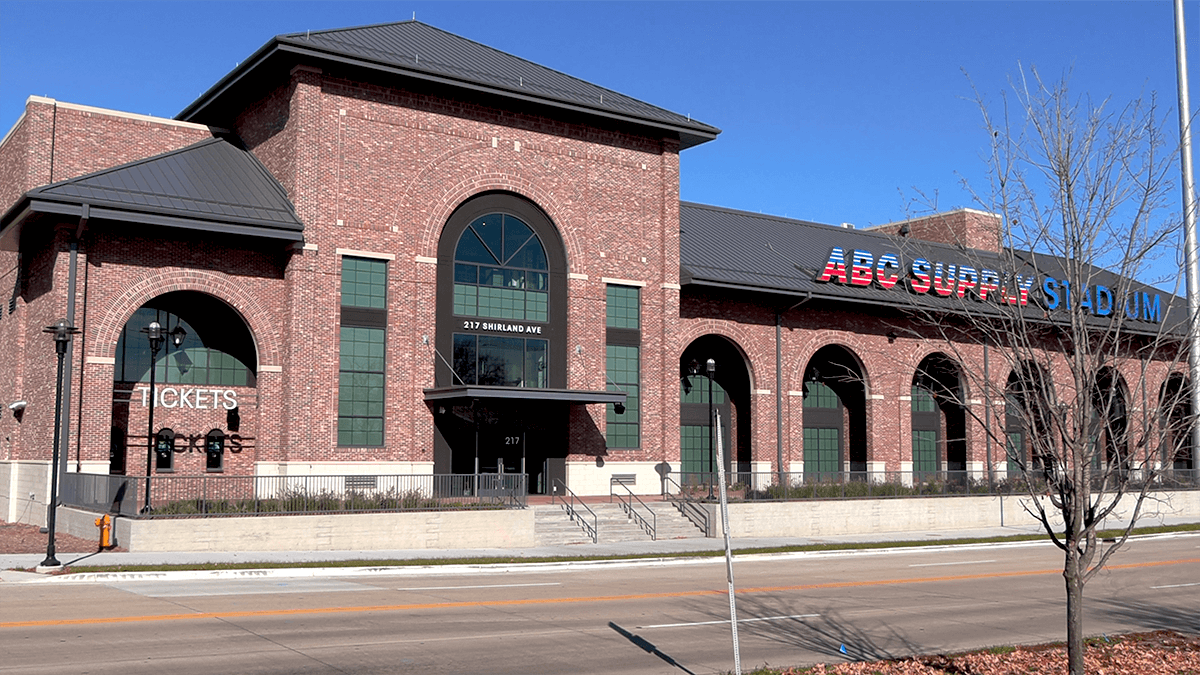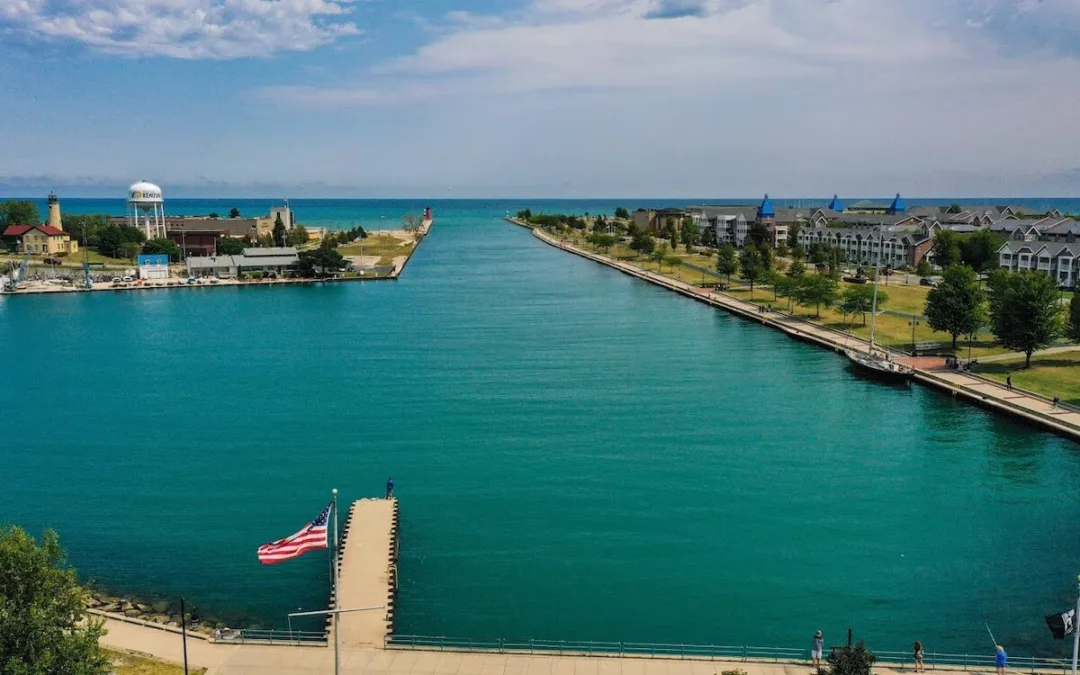
#image_title
#image_title
A new baseball stadium shows how communities can reclaim polluted land to create new experiences.
The Beloit Sky Carp, a minor league baseball team, got a new name this month that will pair well with its new ballpark, ABC Supply Stadium. While the name change is an eye-catcher, it’s the stadium that has turned heads among government officials for the way it transformed a polluted property into a community center.
The field opened this past August and is built atop a site where once sat a manufactured gas plant that spewed carcinogenic pollutants into the surrounding soil. The City of Beloit built a wastewater treatment plant on the grounds in the latter half of the 20th century. When that too shut down, the lot languished until 2020 when Hendricks Commercial Properties began constructing the stadium.
The Wisconsin Department of Natural Resources (DNR) called the redevelopment—turning a former polluted site into a hub for the surrounding community—a model for how other cities should try to transform their brownfield sites. There’s no shortage of locations to choose from, either, as the DNR estimates there are 10,000 brownfields across the state.
The key to redeveloping property whose perceived value is lost to pollution is to not only find a use for the land, but one that serves the surrounding area.
This is what officials believe the baseball stadium has achieved in Beloit.
“It’s incredibly exciting for us to have this baseball stadium here,” said Sarah Lock, the city of Beloit’s director of strategic communications. “It’s not just baseball. It’s for our entire community, and it’s for Beloit.”
RELATED: 36 Acres of Lake Superior Shoreline To Open to Public After Decades-Long Cleanup
Even though the city had done some cleanup of the site, the developers had to take special care to protect workers during construction and ensure the toxic chemicals remained buried beneath several feet of dirt. They installed other systems designed to protect the crews and fans who have already flocked to the stadium.
The safety measures include a ventilation system designed to catch any hazardous fumes below the soil and filter them out through the roof, preventing exposure to those who work in and attend games at the ballpark.
“The vision of this stadium was not just as a baseball stadium and a multiuse sports arena, but it was about a district,” said John Gackstetter, a project manager with Hendricks Holding Company, the corporation that handled the redevelopment.
Signage around the stadium heralds the structure as “The Heart of the Riverbend District.” Gackstetter envisions it as an area surrounded by housing and retail, fed by the crowds flocking to the 3,500-seat ballpark. This prophesized development has not yet materialized, but it is likely to come to fruition given Hendrick’s Holding Company’s leader, billionaire and Republican mega-donor Diane Hendricks, whose companies own and develop a fair amount of property in the city.
“Over time, what we want to see is a small Wrigleyville, to liken it to something that people are familiar with,” Gackstetter said. “It will never be that size, but in its own special way—in its own Beloit, southern Wisconsin, northern Illinois way.”
Politics

What’s the difference between Eric Hovde and Sen. Tammy Baldwin on the issues?
The Democratic incumbent will point to specific accomplishments while the Republican challenger will outline general concerns he would address....

Who Is Tammy Baldwin?
Getting to know the contenders for this November’s US Senate election. [Editor’s Note: Part of a series that profiles the candidates and issues in...
Local News

Stop and smell these native Wisconsin flowers this Earth Day
Spring has sprung — and here in Wisconsin, the signs are everywhere! From warmer weather and longer days to birds returning to your backyard trees....

Your guide to the 2024 Blue Ox Music Festival in Eau Claire
Eau Claire and art go hand in hand. The city is home to a multitude of sculptures, murals, and music events — including several annual showcases,...



